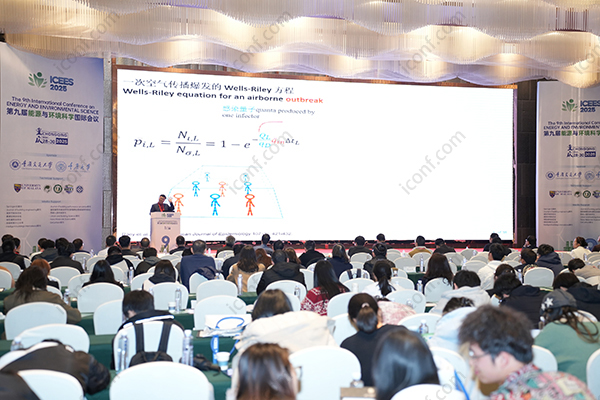

494 views||Release time: Jun 23, 2025
When selecting where to publish, one common question among engineering and applied science researchers is:
Do EI-indexed papers have impact factors?
While both terms suggest quality and visibility, they refer to different evaluation systems. Understanding the distinction is critical when deciding where to submit your work.

In this article, we’ll explain the key differences between EI indexing and impact factor, and how platforms like iconf.com can help researchers make informed, efficient publishing choices.
EI, or Engineering Index (EI Compendex), is a well-known database maintained by Elsevier. It indexes:
Peer-reviewed conference proceedings
Selected engineering and applied science journals
EI focuses on collecting publications that meet basic technical and editorial standards. It’s widely used in Asia and Europe as a criterion for evaluating academic output in engineering-related fields.
However, EI does not assign impact factors.
Impact Factor (IF) is a metric that reflects the average number of citations to articles published in a journal. It is:
Calculated and published by Clarivate’s Journal Citation Reports (JCR)
Only assigned to journals indexed in SCI (Science Citation Index) or SSCI (Social Sciences Citation Index)
Widely used as a measure of journal influence and academic prestige
If a journal is not listed in SCI/SSCI, it will not have an official impact factor, regardless of other indexes like EI.
In short:
| Type of Publication | EI Indexed | SCI Indexed | Has Impact Factor? |
|---|---|---|---|
| EI-only Journal | √ | × | × |
| EI + SCI Journal | √ | √ | √ |
| EI Conference Proceedings | √ | × | × |
EI-indexed journals without SCI inclusion do not have impact factors
Journals indexed in both EI and SCI have impact factors and carry higher academic weight
Conference proceedings, even when indexed by EI, do not have impact factors
So, while EI indexing reflects recognition in engineering, it does not equate to high impact factor or citation influence on its own.
Many researchers mistakenly equate indexing with impact. This often leads to overestimating the value of certain conference papers or lower-tier journals. Clarifying these concepts helps ensure your publications meet:
Graduation requirements
Academic promotion standards
Funding or job evaluation criteria
Understanding the difference also prevents unintentional submission to journals that don’t meet institutional benchmarks.
To avoid confusion and streamline your publishing path, iconf.com provides:
Verified listings of EI-indexed journals and conferences
Filters that indicate whether a journal is also SCI-indexed
Details on indexing types, submission timelines, and review quality
Guidance to avoid low-quality or misleading journals
With this support, researchers can select the right type of publication for their goals—whether that’s fast EI publication or high-impact SCI submission.
EI indexing and impact factor serve different purposes in academic publishing.
An EI paper does not inherently have an impact factor, unless it appears in a journal also indexed by SCI. For those seeking both visibility and influence, targeting journals indexed in both EI and SCI is the best path.
Using platforms like iconf.com, researchers can confidently navigate the publishing landscape and submit to venues that deliver the recognition their work deserves.